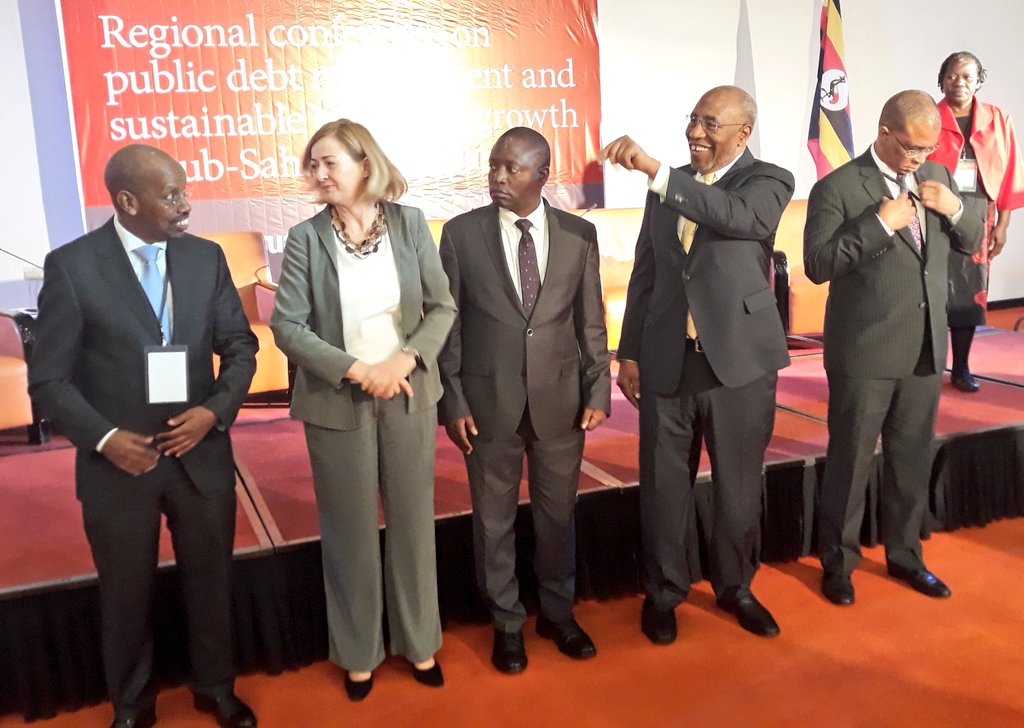Uganda has shown a strong appetite for the debt however, it’s not facing difficulty in repaying, the State Minister for Finance, David Bahati has said.
Mr Bahati said this during a two days debt conference organised by government of Uganda in collaboration with the Netherlands and support from the United Nations Department for Economic and Social Affairs
Over the past decade, the government of Uganda has borrowed extensively to finance the country’s infrastructure demands. The debt-to-GDP position increased from 19.2 per cent in 2009 to 36.1 per cent in 2019. While this is a large increase, it represents the governments ambition for economic development.
As of last financial year, Uganda’s debt stood at Shs41 trillion (US $10 billion) in the fiscal year ending June 2018 as government borrowed to build roads and hydroelectric dams.
“We use our debt wisely. 59 per cent of our borrowing is still on concessional terms with multilateral institutions and development banks. Our engagement with bilateral and commercial partners is to finance specific projects that are of high returns and directed towards growth drivers and export promotion.” He said.
The strategy to allow us to continue meeting our debt obligations in the future is aiming to appropriately align the terms and conditions with the projects that we finance. Assets that are likely to generate high returns are more suitable to be financed on less-concessional terms, whereas, for social projects, we try to finance on concessional terms.
“Some countries in the region just like Uganda are experiencing low debt distress levels and could comfortably bear more debt. However, Uganda is cognizant of the risks that our borrowing poses and we are taking action to mitigate these risks. Uganda does not aim to hit its debt limits, but rather take on the amount of debt that best supports our development objectives, all factors considered.” he said.
In the last decade, there has been a reduction in grants and concessional financing alongside a rise in non-concessional financing including commercial loans many of which are from unsolicited financiers. While the majority have attractive rates of interest, they typically come with additional charges which may significantly increase the true cost of the loan.
In order to adequately address the existing debt sustainability challenges, Bahati said it calls for not only tackling the borrowing conditions but also think through ways of; improvement of the terms of trade, improvement of the contribution of the exports sector, expanding the tax base, inclusion of agriculture and the informal sector in the tax system and harnessing the opportunities of the information and communication technology to improve collection of taxes.







